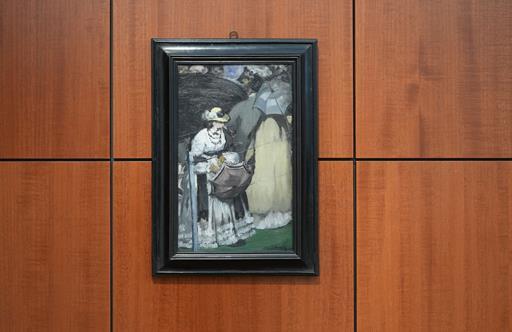Living History
Japan’s enticing cultural repertoire span ancient shrines, heritage-steeped craftsmanship and hallowed rituals

Ancient shrines. Pilgrim trails. Centuries-old craftsmanship. And ritual-steeped tea ceremony. Japan has long been a nation deeply rooted in a cultural heritage that easily straddles the spirituality and traditions of its past with the innovations of the future.
A good starting point to explore Japan’s cultural layers is Izumo-taisha. Known as Izumo Grand Shrine in English, it’s one of the most important Shinto shrines in the country and is scenically located in Izumo city in the Shimane Prefecture.

Izumo Grand Shrine
A good starting point to explore Japan’s cultural layers is Izumo Taisha. Known as Izumo Grand Shrine in English, it’s one of the most important Shinto shrines in the country and is scenically located in Izumo city in the Shimane Prefecture.
Widely considered Japan’s oldest shrine, its history meanders back to the 700s at least, with the current complex constructed in 1744. It is in this reverential setting, according to legend, that all eight million of Japan’s Shinto gods gather for a weeklong meeting every November.
To reach the shrine, visitors wander along a picturesque pathway fringed with centuries-old cedar trees – carefully avoiding walking down the centre, a position reserved for the gods.
Centre stage is the main worship hall, an intricate feat of timber craftmanship, inside which Okuninushi, the creator of Japan and deity of marriage, is enshrined. The shrine is also home to Japan’s longest rice-straw rope – known as a shimenawa – measuring 13.6 metres in length.
A different dimension of Japan’s spiritual heritage comes into focus on Shikoku island, home to an ancient circular pilgrim route spanning 1,200 kilometres and connecting 88 different temples.
The pilgrim route – known as Shikoku Henro – goes through 88 sacred sites founded by Kobo Daishi and is a deeply serene way to explore the exquisite natural landscape of the island, from forests and mountains to waterfalls.
A tour operator can arrange for visitors to join part of the pilgrim route, offering the unique opportunity to explore atmospheric rituals, from wearing a (bamboo hat) and all-white outfits to enjoying the warmth of centuries-old pilgrim hospitality, known as Osettai.

Arita
Meanwhile, it’s all about porcelain in Arita, a small ceramics town in Saga Prefecture, southern Japan, whose distinct porcelain products, fusing traditional craftsmanship with high-quality design, have placed it firmly on the global design map.
Widely regarded as the birthplace of Japanese porcelain, centuries of craftsmen explored a variety of ceramic styles following the discovery of kaolin porcelain clay in the region – ultimately culminating in today’s signature milky white style of Arita ware.
Visitors can dive deep beneath the surface of Arita’s rich craftsmanship heritage with private luxury tours of local kilns, offering the unique opportunity of meeting with local artisans and watching them at work.

Mujyoan
Dive into the world of tea with Mujyoan, a unique portable tea room that offers the perfect mix of tradition and modernity. The tea room, crafted by artisans in the southern city of Okawa, Fukuoka Prefecture, is something of an innovation in Japan’s centuries-old tea world.
The design of the tea room is rooted in the traditional aesthetics of wabi-sabi, a concept that evokes a timeless sense of beauty in imperfection – but with a modern twist.
And so tatami-mat flooring, paper-like screens and intricate wood craftsmanship known as kumiko, which requires no nails or screws, sit smoothly alongside high-tech touches such as LED lighting and light guide plates.
The tea room can often be found on the grounds of Happo-en, an atmospheric events venue in Tokyo – the perfect place to serenely savour the passing of the seasons in the surrounding Japanese garden while sipping a cup of freshly-whisked matcha tea.




















